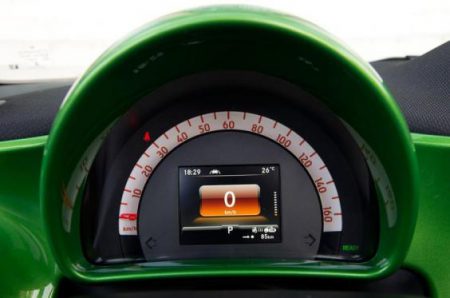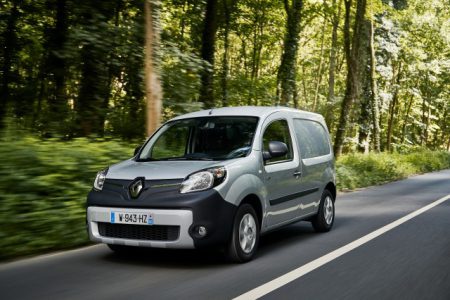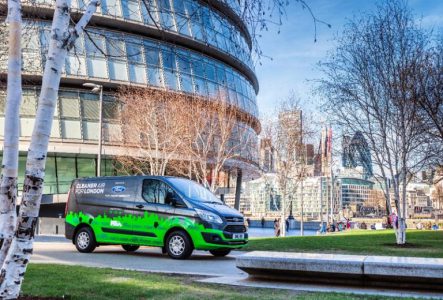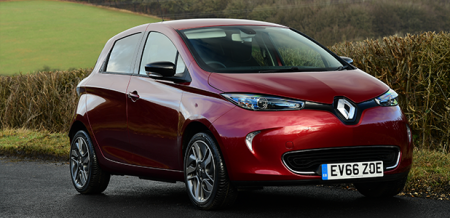Part 1 is here: MINI Countryman Plug-in Hybrid Electric Vehicle (PHEV) – First Impressions
In terms of driving I was pleasantly surprised. Of course, I have been driving electric for 4 years so am rather spoiled and hate the thought of having to go back to a piston engine.
However, fair play to MINI, the transition from electric to combustion is barely noticeable when travelling at speed such as on the motorway. The noise and vibration are kept to a minimum.

The driver’s displays and controls are nicely done – similar to those in the i3, except that the satnav/media screen is a touchscreen. You can choose to operate it with the usual MINI/BMW joystick control or just by pressing on the screen. The state of charge is indicated by a big illuminated ring around the screen area.
Charging was straightforward – it has a Type 2 socket (same as the ZOE and i3) so I was able to plug it in while parked on my drive. The charge socket is on the front nearside wing (the petrol cap is on the rear offside wing). As it starts to charge a ring around the socket flashes amber, once it’s fully charged this goes to a constant blue.

The MINI PHEV has a switch to set the drive mode – this allows you to keep it electric, keep it petrol (to save the battery for later) or let the car decide the most economic balance (much like a hybrid). I was keen to test the electric range so coming in to work this morning I put the MINI into the all electric mode.
I was pleasantly surprised to find, by keeping my speed to no more than about 60mph, that I was able to do the whole journey on electric. That’s a distance of about 23 miles so better than I had expected. Of course, you would likely not get so far if you have a heavy foot and drive fast, or in cold weather. A real-world range of 17-20 miles is probably a better expectation.

Nonetheless if you have a commute of up to about 20 miles I’m sure you could adjust your driving style appropriately so that you never need to use any petrol. Certainly I managed to drive from Northampton to Milton Keynes on 50p of electricity rather than £5 of petrol. And with charging at work your commute range could be doubled.
Naturally as a premier car the MINI Countryman PHEV has some nice features. I liked the independent climate controls for driver and passenger. My children liked the so-called ‘puddle light‘ that comes on at night by the driver’s door – and looks rather reminiscent of Batman’s famous Batsignal!

Overall I was impressed with the MINI Countryman PHEV. While it’s electric range may be poor compared to an all electric car it is still far ahead of a conventional combustion car or a hybrid. It could work really well for someone with a commute of up to 20 miles who could do most of their driving on electricity, but then revert to petrol for holidays and other long trips.

Prices are here, and a form to get a quote: Prices for the Mini Countryman Plug-In Electric Hybrid
If instead you’d like us to calculate the Total Cost of Ownership of a MINI PHEV compared to a fossil car or another electric car then go here: Total Cost of Ownership
For some quick videos see: MINI Countryman Plug-in Hybrid (PHEV) electric car videos
Our thanks go to Wollaston BMW for the loan of the car.






























